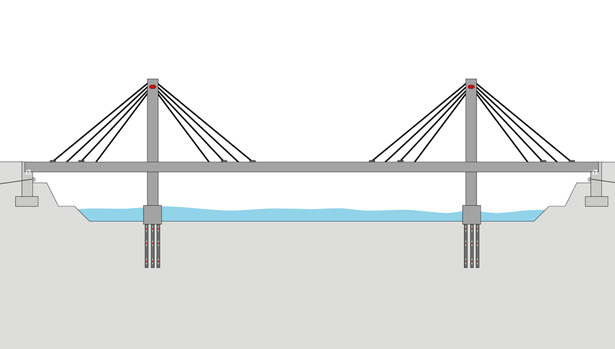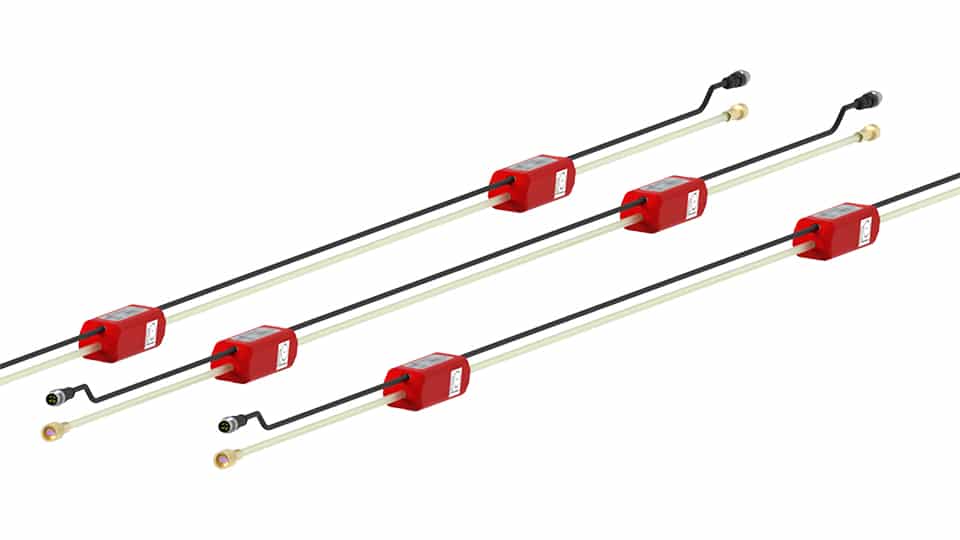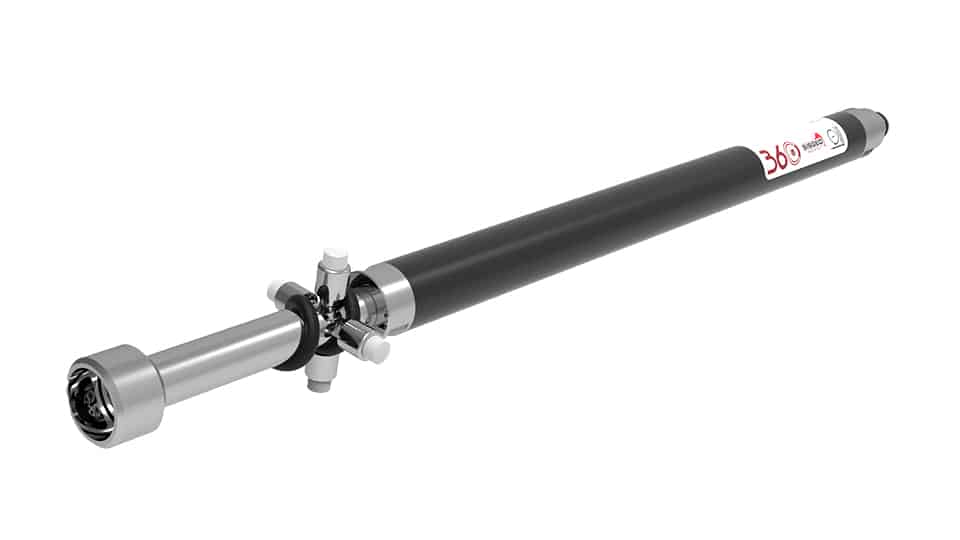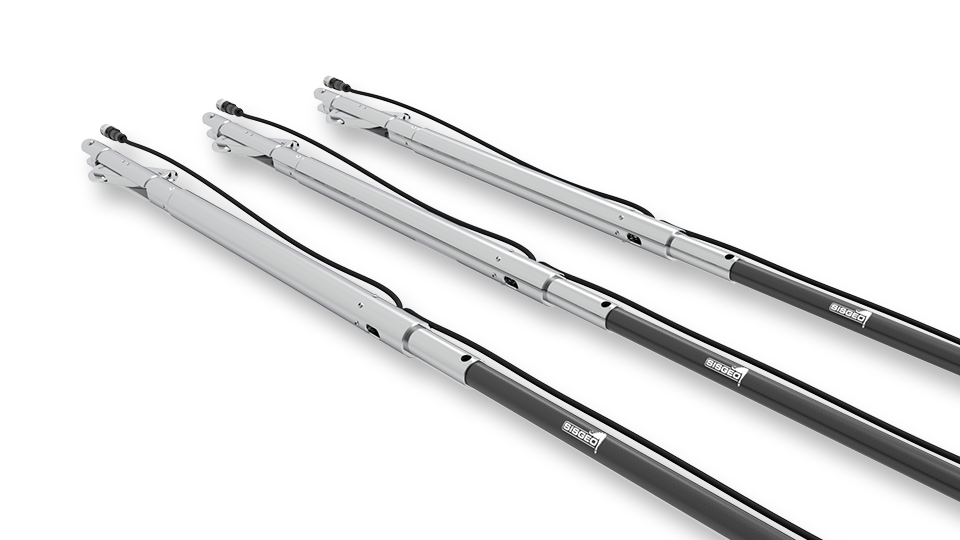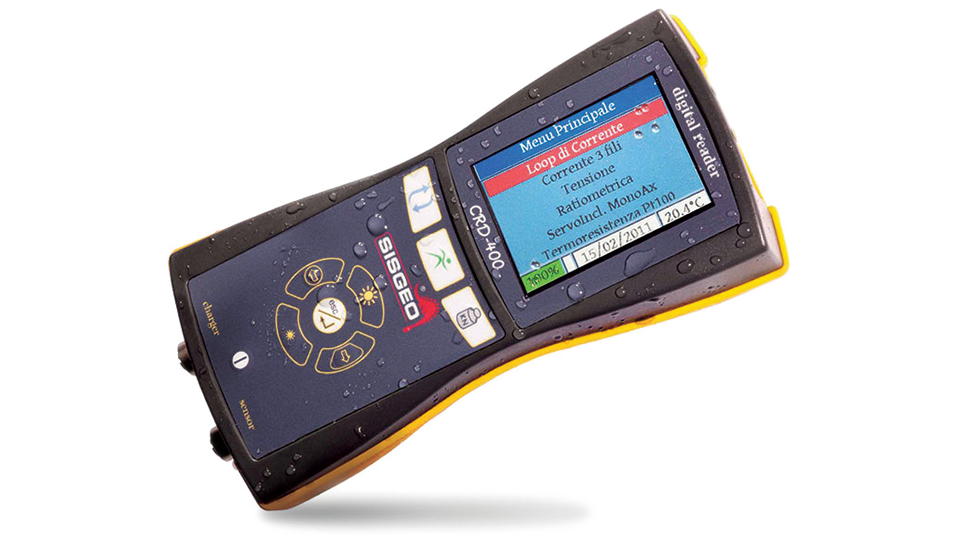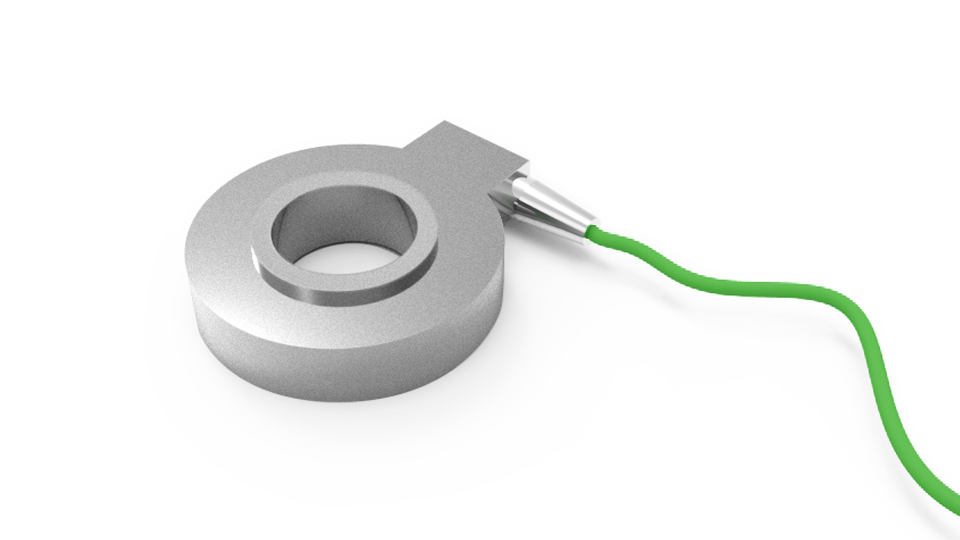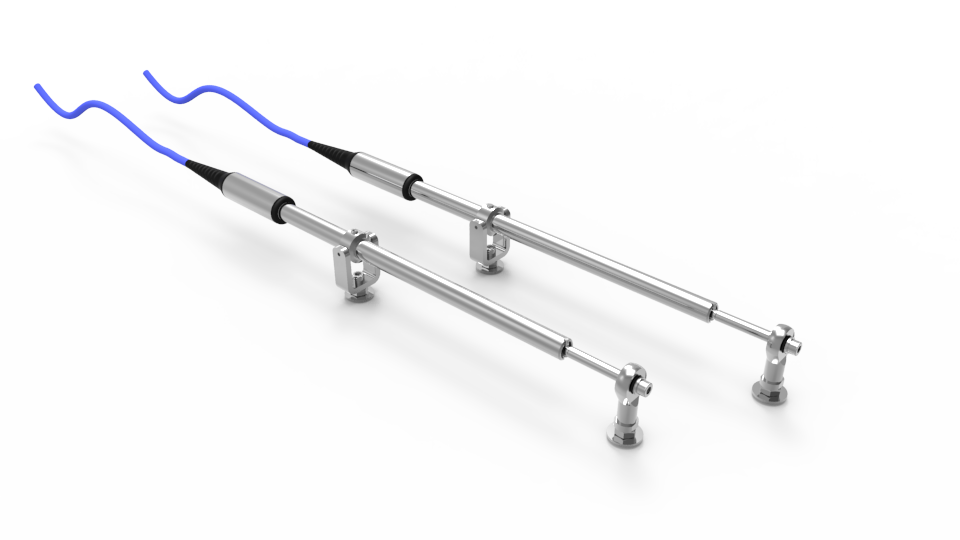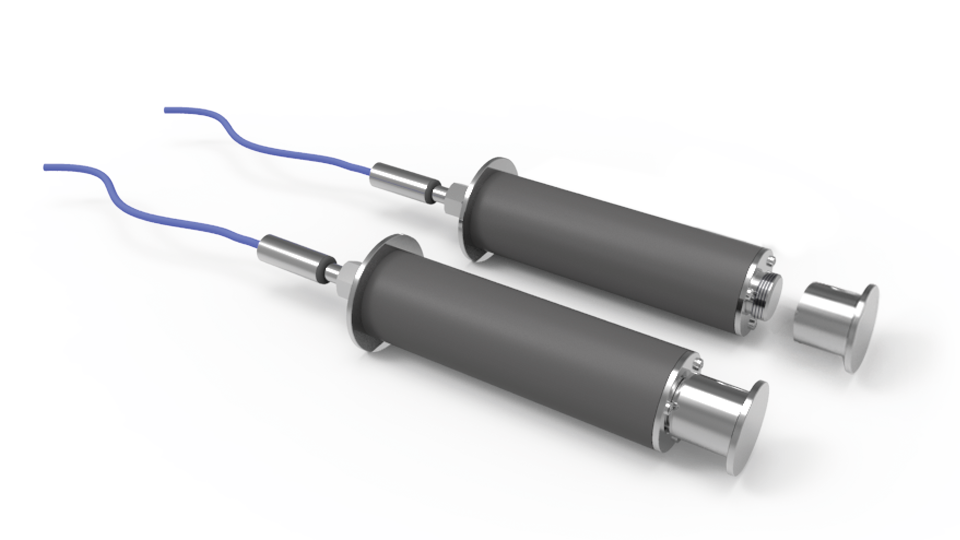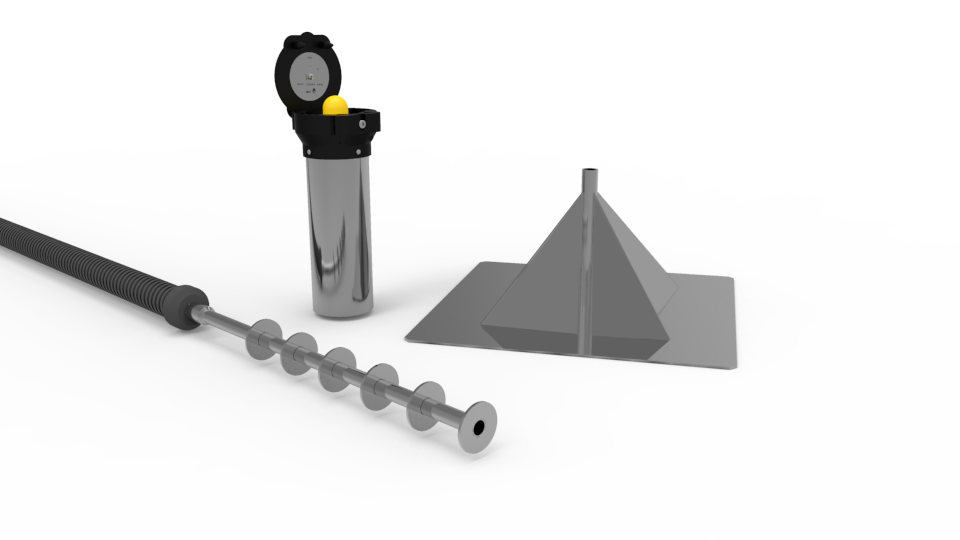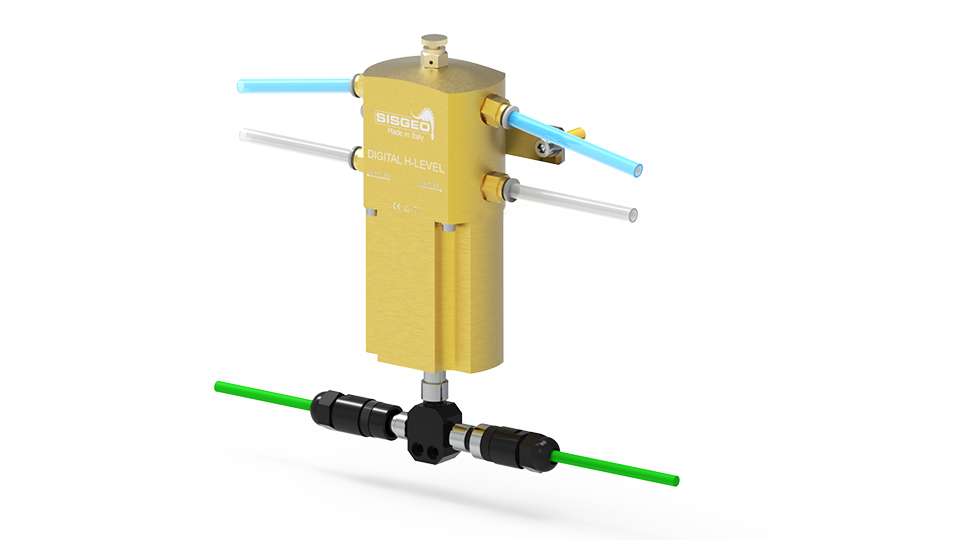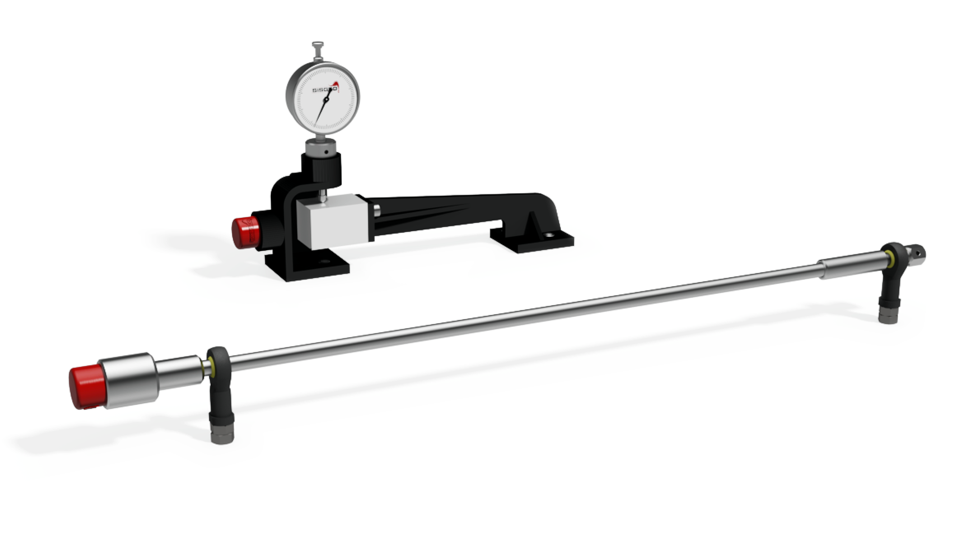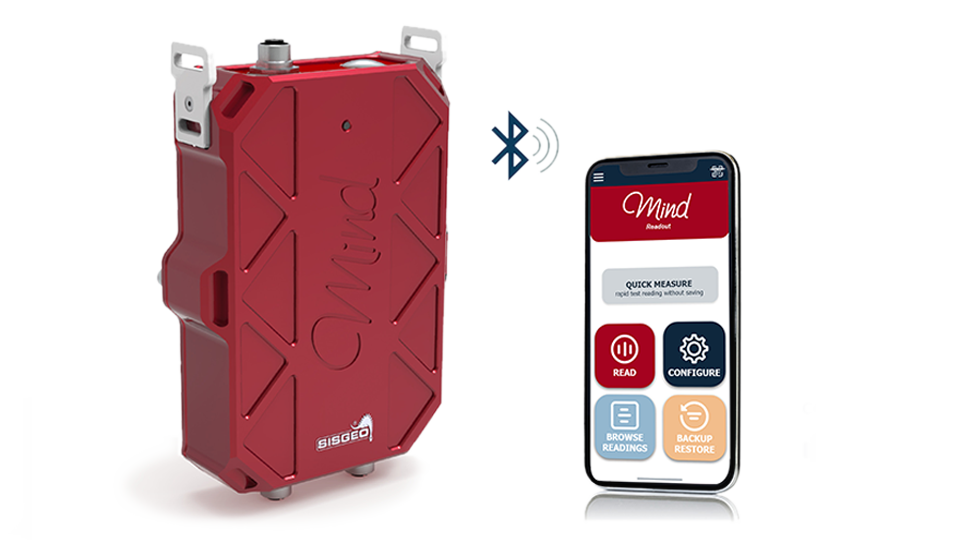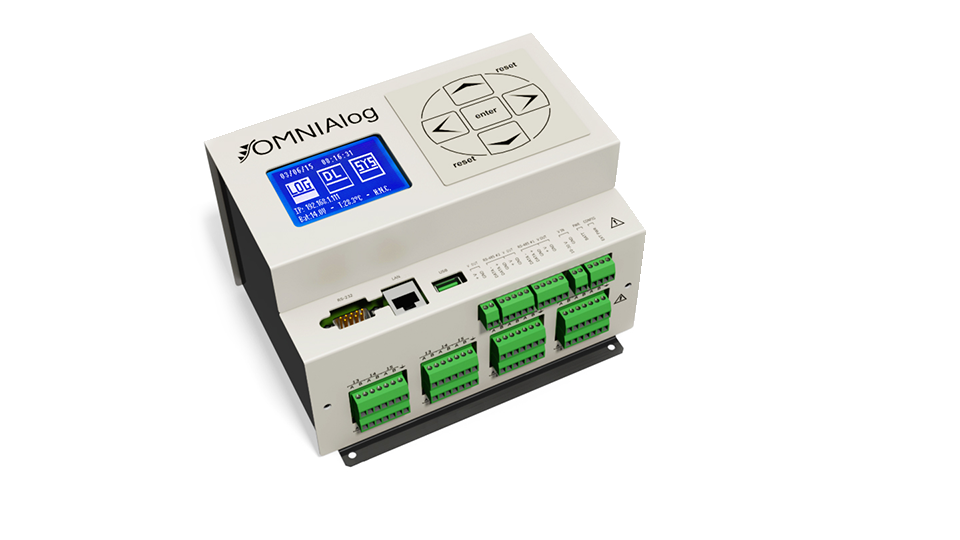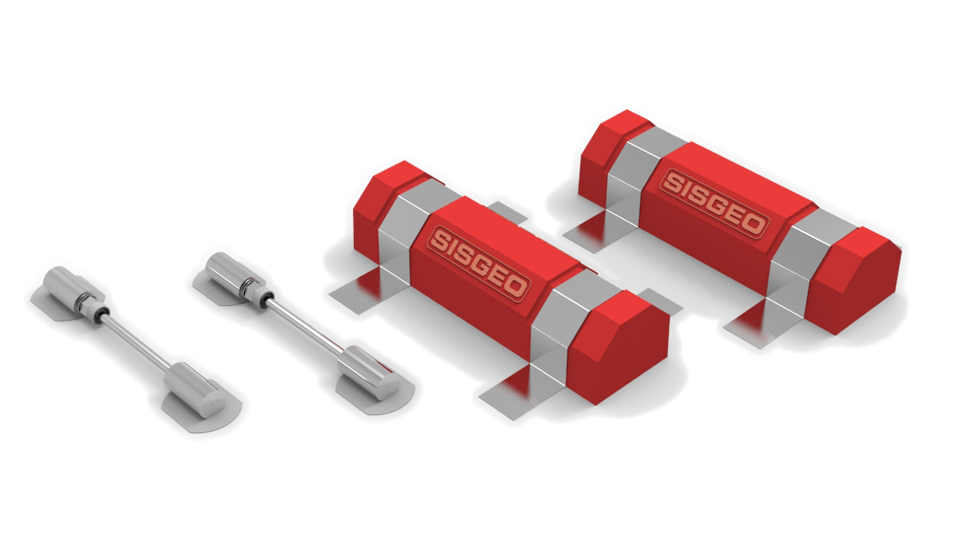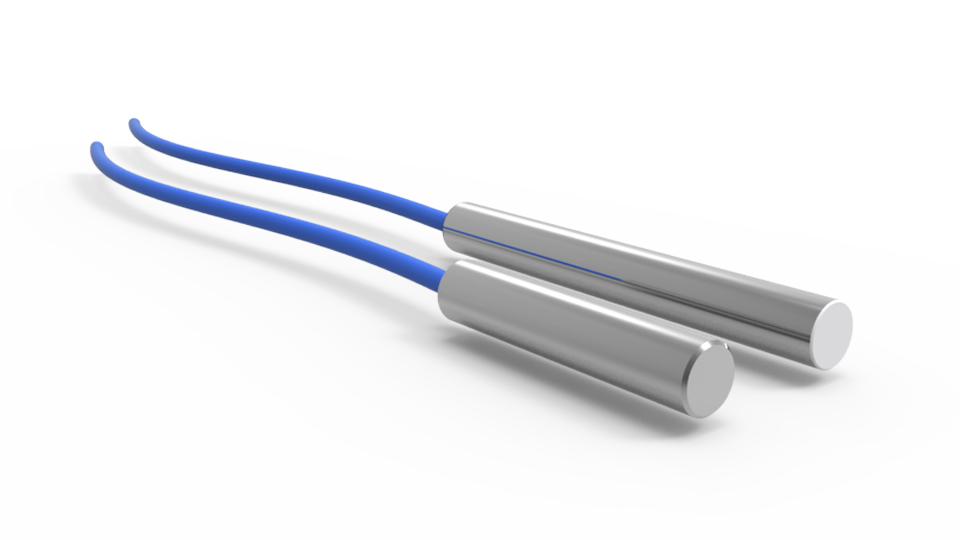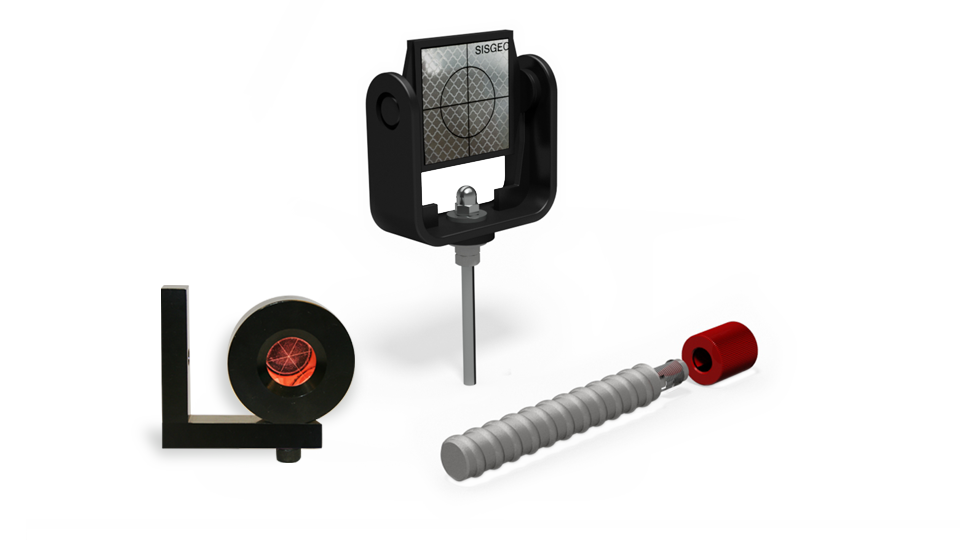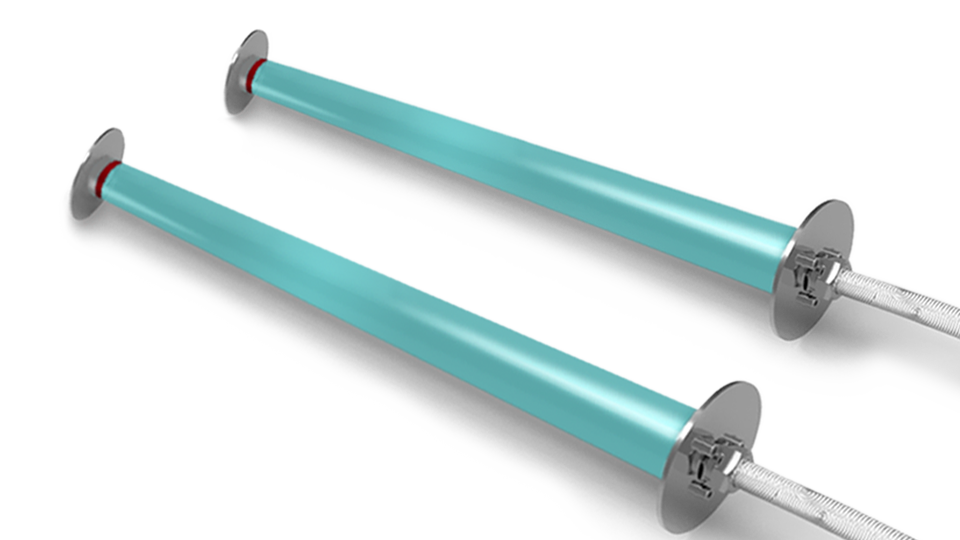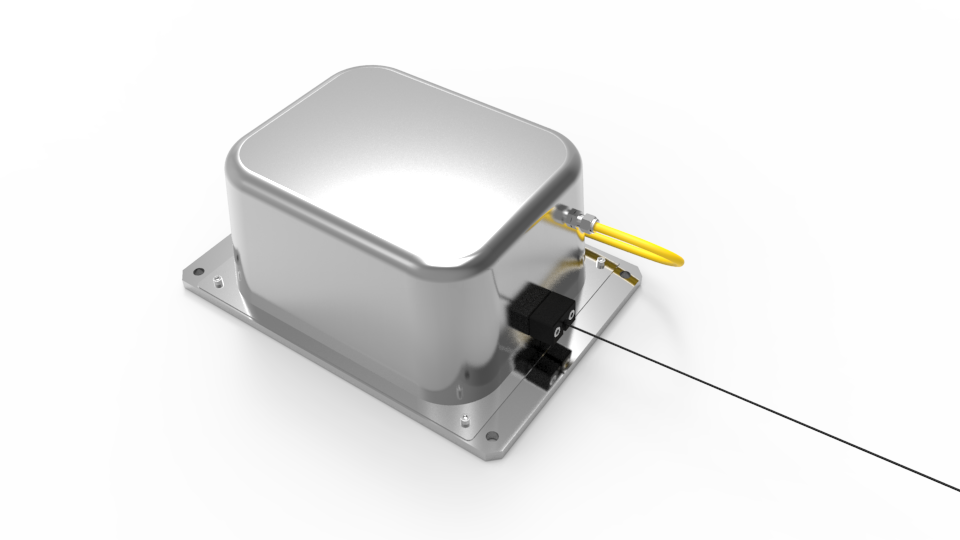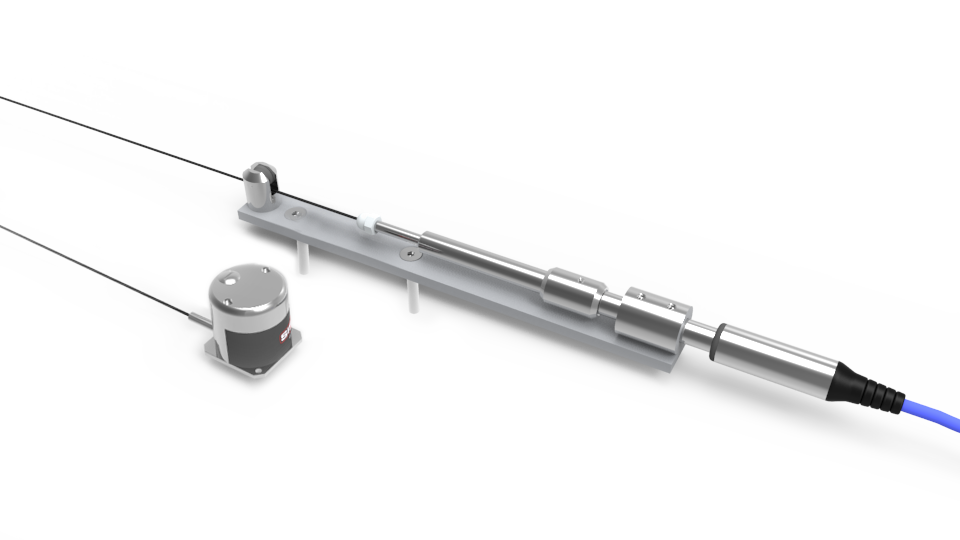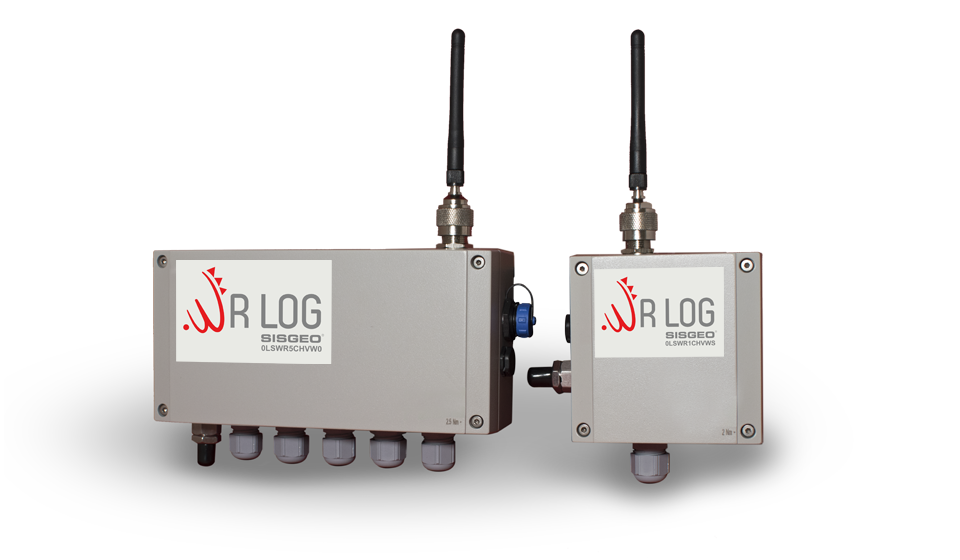What is cable-stayed bridges monitoring?
Cable-stayed bridges are complex structures that consist of a deck supported by cables that are anchored to one or more towers. These cables are under significant tension and are critical components of the bridge’s structural integrity.
Structural monitoring of cable-stayed bridges involves the measurement of various parameters such as the stresses and strains in the cables, the deflection of the bridge deck, and the vibration response of the bridge to traffic loads and environmental factors. This data can be collected through various sensors such as strain gauges, load cells, tiltmeters, displacement transducers, and accelerometers. By analysing this data, engineers can assess the health of the bridge and detect any signs of damage or deterioration that may require maintenance or repair.
Geotechnical monitoring involves the measurement of various parameters related to the soil and rock conditions around and beneath the bridge, such as soil settlement, groundwater level, and slope stability. This data can be collected through various techniques such as piezometers, inclinometers, extensometers and settlement gauges. By analysing this data, engineers can assess the stability of the bridge foundations and identify any potential issues that could affect the long-term performance and safety of the bridge.
Together, structural and geotechnical monitoring provide a comprehensive understanding of the behaviour and performance of a cable-stayed bridge, allowing engineers to make informed decisions about maintenance and repair needs to ensure the bridge’s safe and reliable operation over its lifespan.


